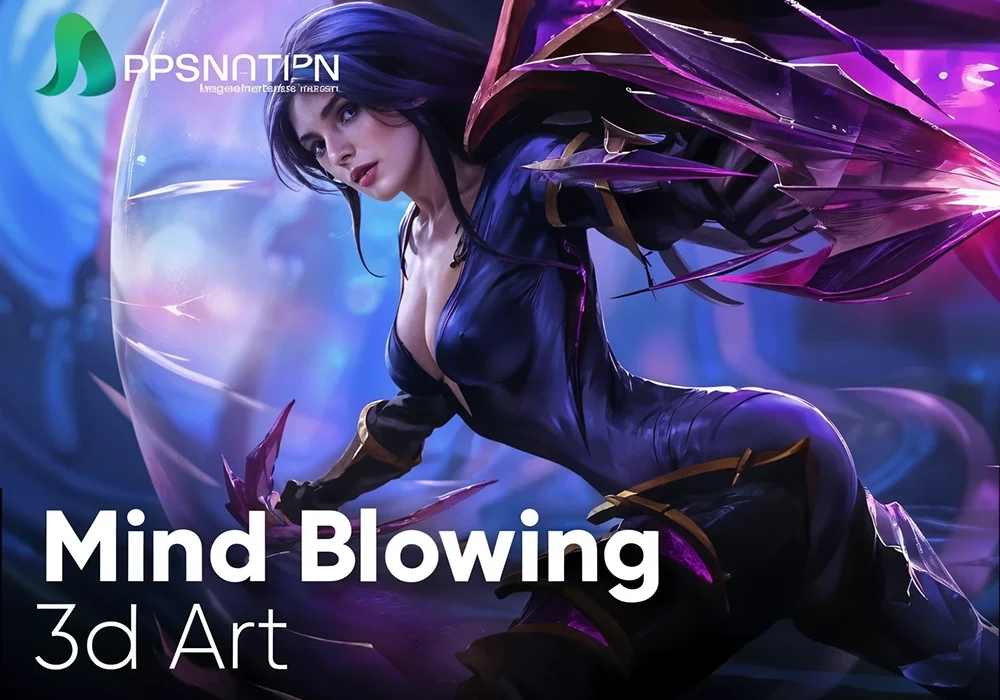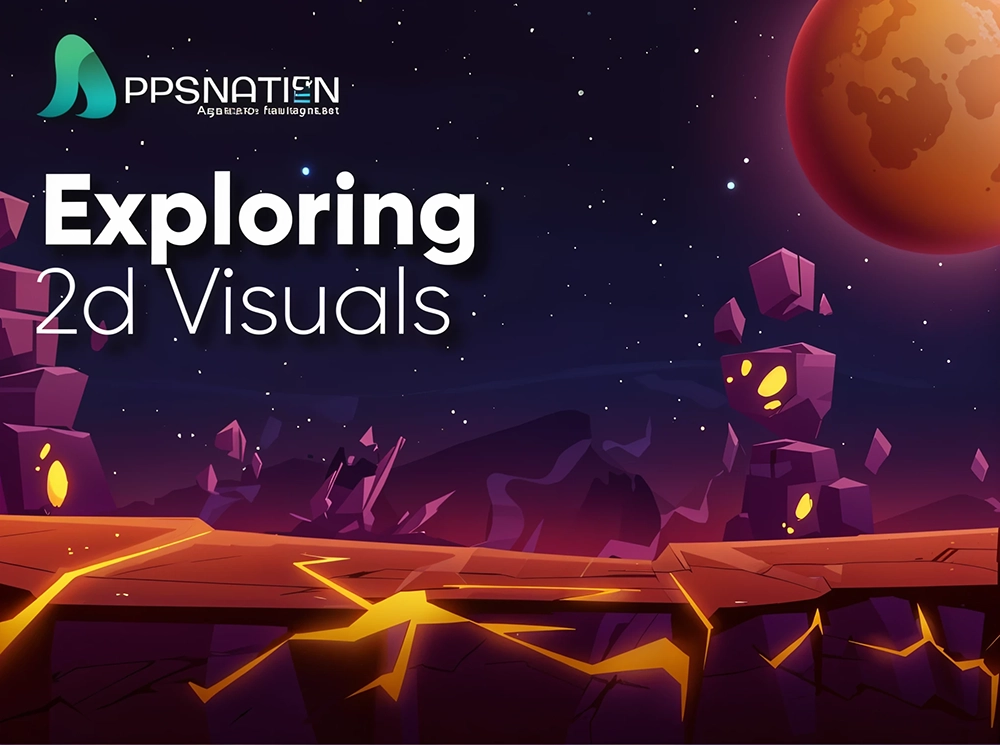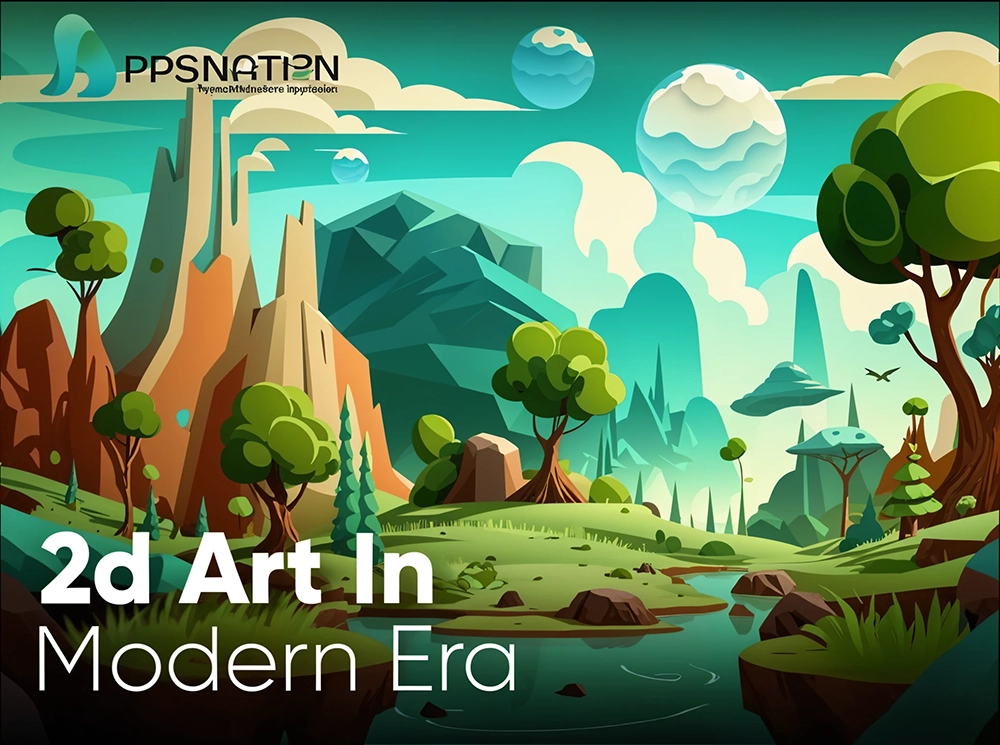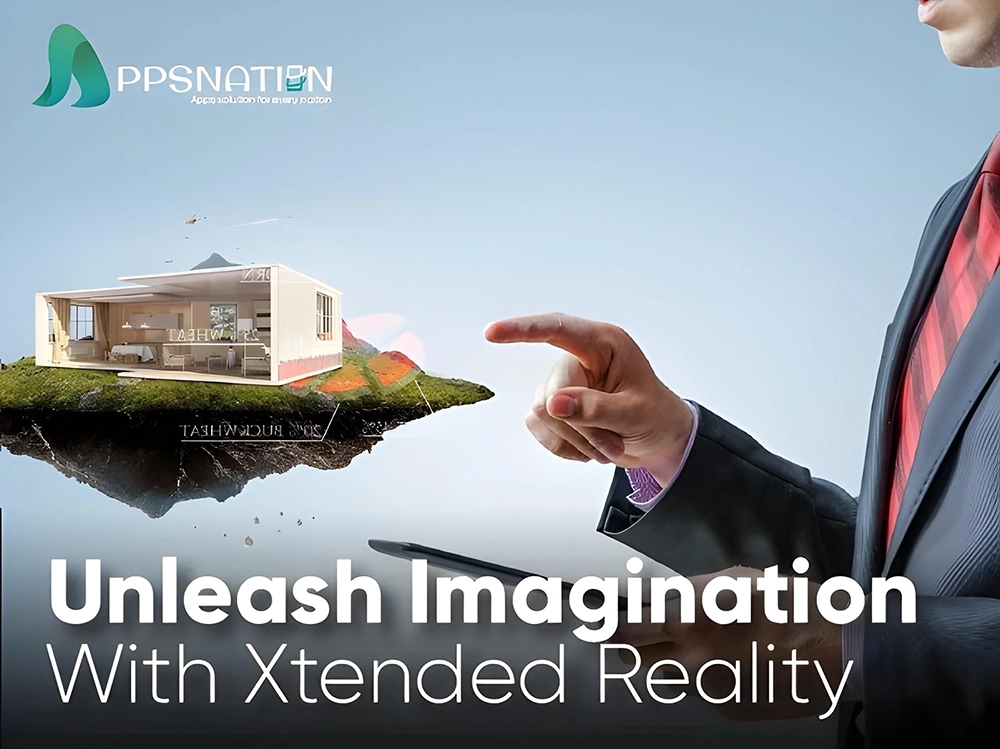In the realm of digital art, 3D art holds a special place. With its ability to create lifelike and immersive experiences, 3D art has revolutionised various industries, including animation, gaming, and visual effects. If you’re an aspiring 3D artist or simply fascinated by the world of three-dimensional creations, this article is for you. We will explore the techniques and skills necessary to master the art of mind-blowing 3D creations.
Table of Contents
| 1 | Introduction: The Evolution of 3D Art |
| 2 | Modelling: The Foundation of 3D Art |
| 3 | Texturing and Shading: Adding Realism and Detail |
| 4 | Lighting: Creating Atmosphere and Mood |
| 5 | Rigging and Animation: Bringing 3D Characters to Life |
| 6 | Rendering: Transforming Digital Models into Stunning Visuals |
| 7 | Special Effects: Enhancing the Spectacle |
| 8 | Immersive Experiences: Exploring the World of Virtual Reality (VR) and Augmented Reality (AR) |
| 9 | 3D Printing: Bringing Digital Art to the Physical World |
| 10 | Conclusion |
Introduction: The Evolution of 3D Art
The advent of 3D art has pushed the boundaries of digital creativity. It has transformed industries, allowing for realistic simulations, breathtaking animations, and immersive virtual experiences. 3D art has come a long way since its inception, evolving alongside technological advancements. Today, artists can create stunning visuals that captivate audiences and blur the line between reality and the digital realm.
Modelling: The Foundation of 3D Art
Modelling is the process of creating digital 3D models using specialised software. It involves shaping and sculpting virtual objects, characters, and environments. Artists use various techniques, such as polygonal modelling, sculpting, or procedural generation, to bring their ideas to life. Mastering modelling requires an understanding of anatomy, proportions, and attention to detail. Artists must also consider topology, ensuring the efficient use of polygons while maintaining smooth surfaces.
Texturing and Shading: Adding Realism and Detail
Texturing and shading breathe life into 3D models, adding surface details, colors, and materials. Artists apply textures, such as images or procedural patterns, to mimic real-world materials like skin, metal, or fabric. Shaders control how light interacts with the surfaces, determining characteristics such as reflectivity, transparency, or roughness. Attention to detail in texturing and shading can make the difference between a realistic masterpiece and a flat digital image.
Lighting: Creating Atmosphere and Mood
Lighting plays an essential role in establishing the ambiance and atmosphere of a 3D scene. Artists use virtual lights, simulating natural or artificial sources, to illuminate their creations. By manipulating the intensity, colour, and direction of light, artists can create dramatic or subtle effects, enhancing the overall visual impact. Understanding lighting techniques and principles, such as shadows, reflections, and global illumination, is essential to achieve realistic and visually compelling results.
Rigging and Animation: Bringing 3D Characters to Life
Rigging and animation give movement and personality to 3D characters and objects. Rigging involves creating a digital skeleton (rig) with joints and controls that allow for realistic movement. Animators then use keyframes, motion capture, or procedural animation to bring the characters to life. Mastering rigging and animation require a deep understanding of anatomy, kinetics, and timing. It is the art of capturing weight, expression, and emotion in the movement of virtual entities.
Rendering: Transforming Digital Models into Stunning Visuals
Rendering involves generating the ultimate image or animation from a 3D scene. It involves complex calculations to simulate how light interacts with surfaces, materials, and the environment. Artists choose rendering techniques and settings to achieve the desired visual style and quality. Rendering can be time-consuming, but advancements in hardware and software have made it more accessible and efficient, allowing artists to create stunning visuals with realistic lighting and materials.
Special Effects: Enhancing the Spectacle
Special effects are the icing on the cake of 3D art. They add excitement, drama, and spectacle to the visuals. Artists use particle systems, simulations, and dynamics to create effects like fire, water, explosions, or magical elements. Special effects require a combination of technical knowledge and artistic creativity to seamlessly integrate them into the 3D scene. They elevate the overall visual experience and contribute to the wow factor of a 3D artwork.
Virtual Reality (VR) and Augmented Reality (AR): Immersive Experiences
The emergence of Virtual Reality (VR) and Augmented Reality (AR) has revolutionised how we engage with digital content. 3D artists can now create immersive experiences that place the viewer in the midst of the virtual world. Artists must consider the unique challenges and opportunities presented by VR and AR, such as designing for different perspectives, optimising performance, and creating interactive elements. VR and AR push the boundaries of 3D art, allowing for new levels of engagement and storytelling.
3D Printing: Bringing Digital Art to the Physical World
3D printing has opened up a new dimension for 3D artists, allowing them to bring their digital creations into the physical realm. Artists can transform their virtual models into tangible objects using additive manufacturing techniques. Mastering 3D printing involves understanding the technical requirements, optimising models for printability, and selecting suitable materials. It offers artists the opportunity to hold their creations in their hands and showcase them in the real world.
Conclusion
Mastering the art of mind-blowing 3D creations requires a combination of technical skills, artistic vision, and creativity. From modelling and texturing to lighting and animation, each aspect contributes to the overall impact of a 3D artwork. By understanding and honing these techniques, aspiring 3D artists can create immersive and awe-inspiring visual experiences that captivate audiences and push the boundaries of digital art.





